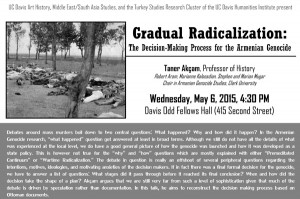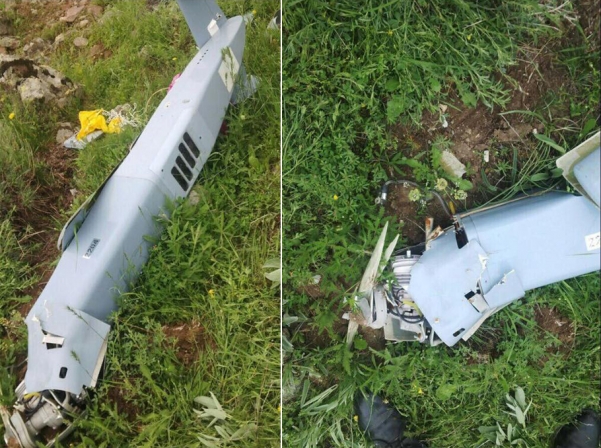DAVIS, CA — “Gradual Radicalization: The Decision Making Process for the Armenian Genocide” will be the topic of a lecture by Prof. Taner Akçam on Wednesday, May 6 at UC Davis. Taner Akçam is professor of history and the Robert Aram, Marianne Kaloosdian and Stephen and Marian Mugar Chair in Armenian genocide studies at Clark University.
A closer look at the Armenian genocide in 1915 is the focus of the free program, presented by the UC Davis history department, UCD Middle East/South Asia Studies Program and the Turkey Studies Research Cluster of the UCD Humanities Institute, will take place at the Odd Fellows Hall, 415 Second St. in downtown Davis.
Debates around mass murders boil down to two central questions: What happened? Why and how did it happen?
In the Armenian genocide research, the “what happened” question got answered at least in broad terms, Akçam says. Although historians still do not have all the details of what was experienced at the local level, they do have a general picture of how the genocide was launched and how it was developed as a state policy.
However, this is not true for the “why” and “how” questions, Akcam says, which are mostly explained with the answers of either “premeditated continuum” or “wartime radicalization.”
“The debate in question is really an offshoot of several peripheral questions regarding the intentions, motives, ideologies and motivating anxieties of the decisionmakers,” a news release said.


Akçam argues that we are still very far from such a level of sophistication, given that much of the debate is driven by speculation rather than documentation. In this talk, he aims to reconstruct the decisionmaking process based on Ottoman documents.
The fact of the Armenian Genocide by the Ottoman government has been documented, recognized, and affirmed in the form of media and eyewitness reports, laws, resolutions, and statements by many states and international organizations. The complete catalogue of all documents categorizing the 1915 wholesale massacre of the Armenian population in Ottoman Empire as a premeditated and thoroughly executed act of genocide, is extensive. Uruguay was the first country to officially recognize the Armenian Genocide in 1965. The massacres of the Armenian people were officially condemned and recognized as genocide in accordance with the international law by France, Germany, Italy, Belgium, Netherlands, Switzerland, Sweden, Russia, Poland, Lithuania, Greece, Slovakia, Cyprus, Lebanon, Uruguay, Argentina, Venezuela, Chile, Canada, Vatican, Australia and Bolivia.










